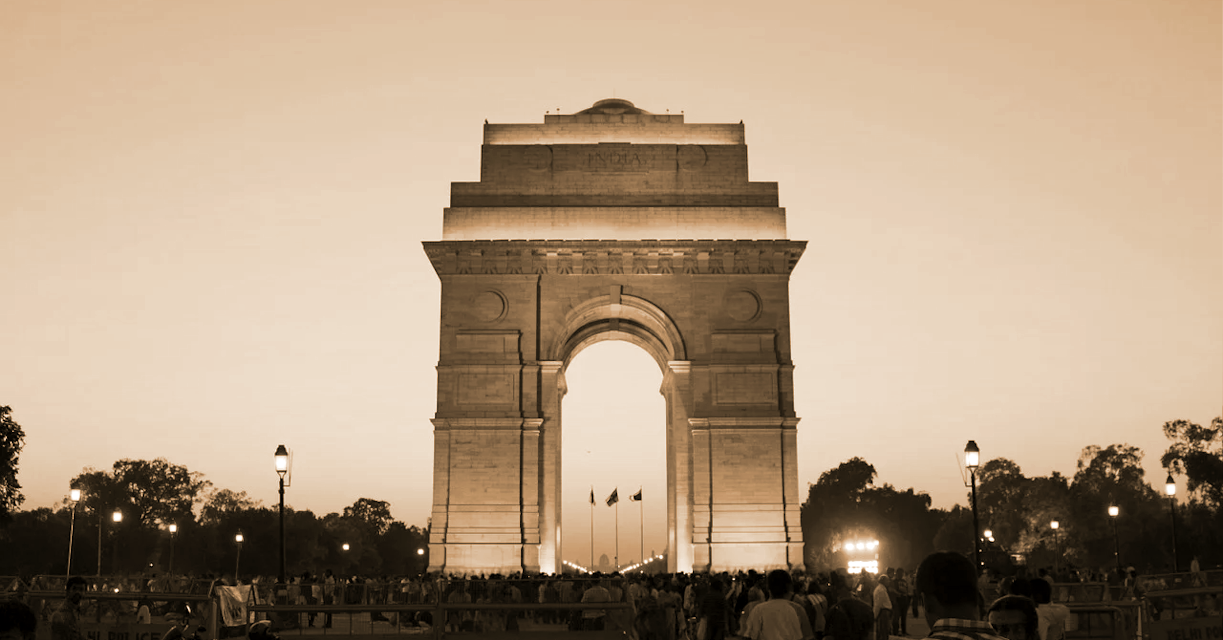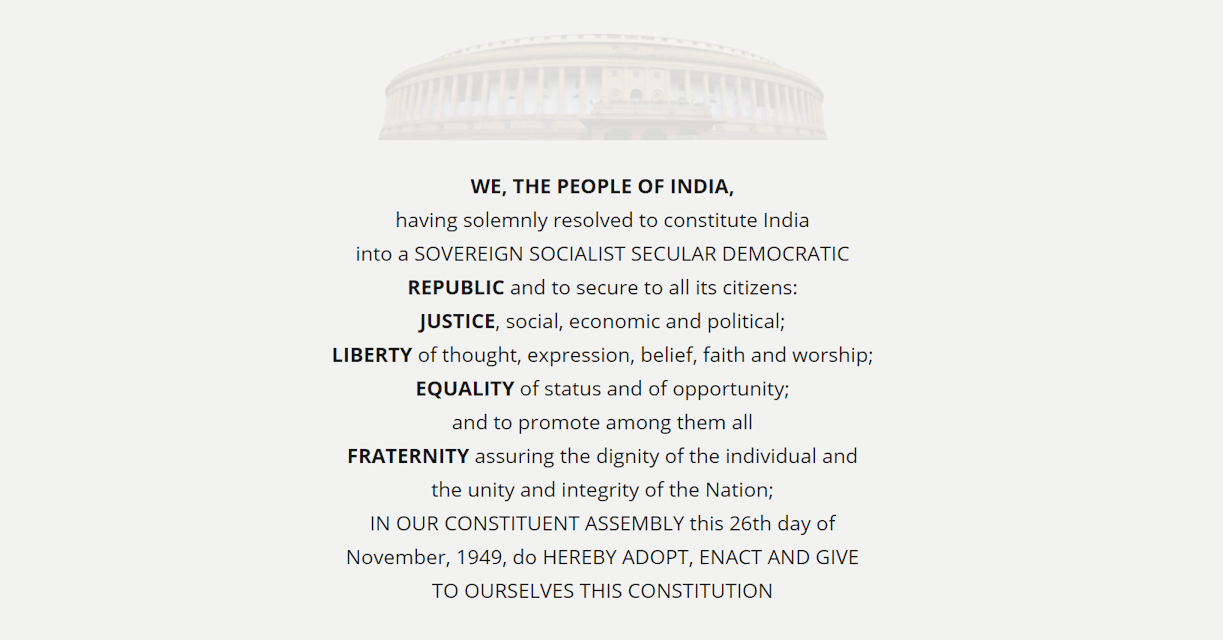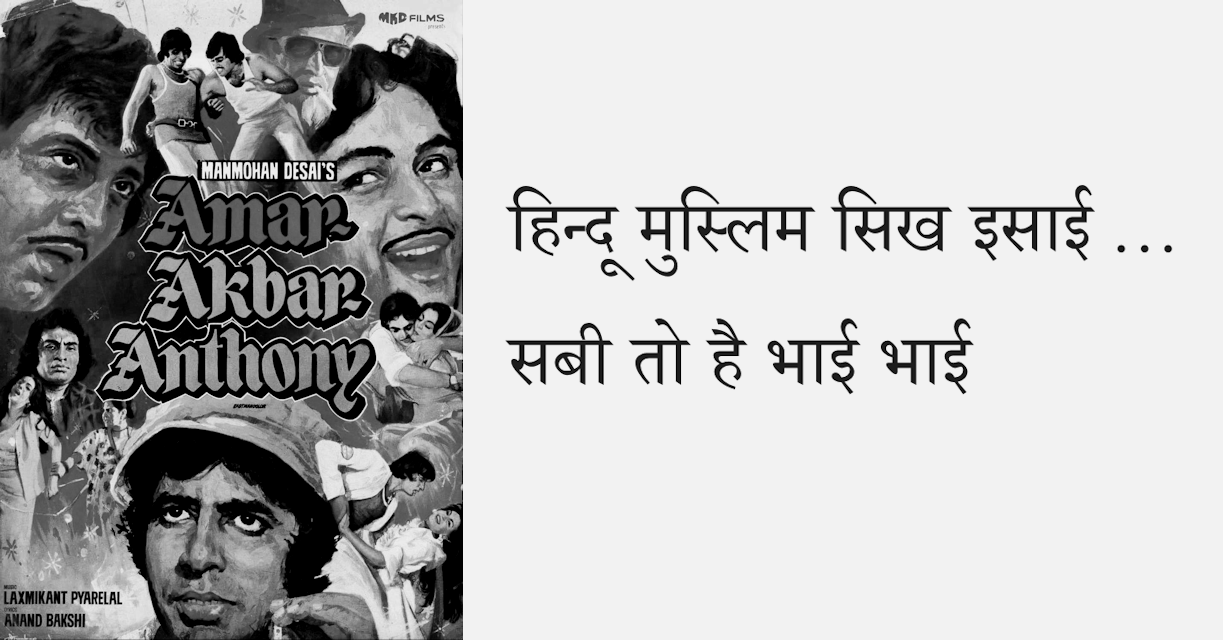


Photo: Pixabay
In December 2019, India passed the Citizenship (Amendment) Act (CAA) that fundamentally amends the Citizenship Act of 1955 to give eligibility for Indian citizenship to migrants who are Hindus, Sikhs, Buddhists, Jains, Parsis and Christians from Afghanistan, Bangladesh and Pakistan (who entered India on or before December 31st, 2014). The amendment, however, has no mention of Muslims. The CAA has left both legal scholars and residents equally baffled as India is a secular country: Article 14 of the Indian constitution guarantees equal protection for all and Article 15 prevents discrimination based on religion. The CAA has also left many Muslims frightened as it seems to be eerily linked to the National Register of Citizens (NRC), an earlier amendment of the Citizenship Act to document legal citizens of India so that illegal migrants can be identified and deported. The NRC has been implemented only in the state of Assam so far, but there is fear that this may be extended to rest of the country starting as soon as this year.

Photo: mygov.in
Protests, which had erupted in many cities since the introduction of the Citizenship (Amendment) Bill (CAB), intensified further after the passing of the bill; apparently so did police crackdowns on protesters. Most of these protests started out peacefully, but soon escalated into bloody riots. In New Delhi, the capital of India, the riots have so far claimed 43 lives and have injured many more. While the government is busy implementing measures to control the situation, the random Indian is left to wonder what more will it take for either side to realize that blood has no religion?
According to the last religious census (2011), Islam is the second largest religion in India with 14.2% of the country's population identifying themselves as Muslims. It is still a distant second to Hinduism with 78.8% of the population identifying themselves as Hindus. The Muslim Population map above shows the percentage population of Muslims by state. Jammu and Kashmir has the highest percentage of Muslim population at 68.3% and is the only state with a Muslim majority. Assam comes next at 34.2%, but does not have a Muslim majority. On the other hand, more than three quarters of the states in India have a Hindu majority. The Hindu Population map below shows the percentage population of Hindus by state. Himachal Pradesh has the highest percentage of Hindu population at 95.2%. Odisha is close at 93.6%. Christians, Sikhs, Buddhists and Jains form 2.3%, 1.7%, 0.7% and 0.4%, respectively, of India’s population.
The population of India is estimated to be around 1.35 billion (2018), which puts the number of Muslims in India to be around 190 million. Isn’t it then justified to ask how a secular democratic country can pass a bill that does not mention 190 million of its residents. Of course it is a valid question, and India will need to address this one way or the other, but in the meantime let’s hope that no more blood is shed and that things turn to normalcy soon. Maybe Indians should just keep reiterating legendary actor Vinod Khanna’s dialogue from the Bollywood classic Amar Akbar Antony , “Hindu Muslim Sikh Isai ... sabhi toh hai bhai bhai” (Hindu, Muslim, Sikh, Christian … We are all brothers).

Photo: IMDb (poster)
Mapystics Visualizations are interestingly interactive, information rich, live updating, aesthetically appealing and highly responsive. Embed or share one right away!

© Mapystics LLC All Rights Reserved.
Terms of Use | Privacy Policy | Cookie Policy | Disclaimer
info@mapystics.com